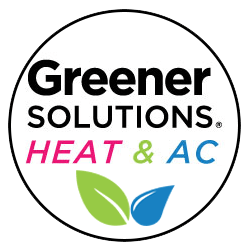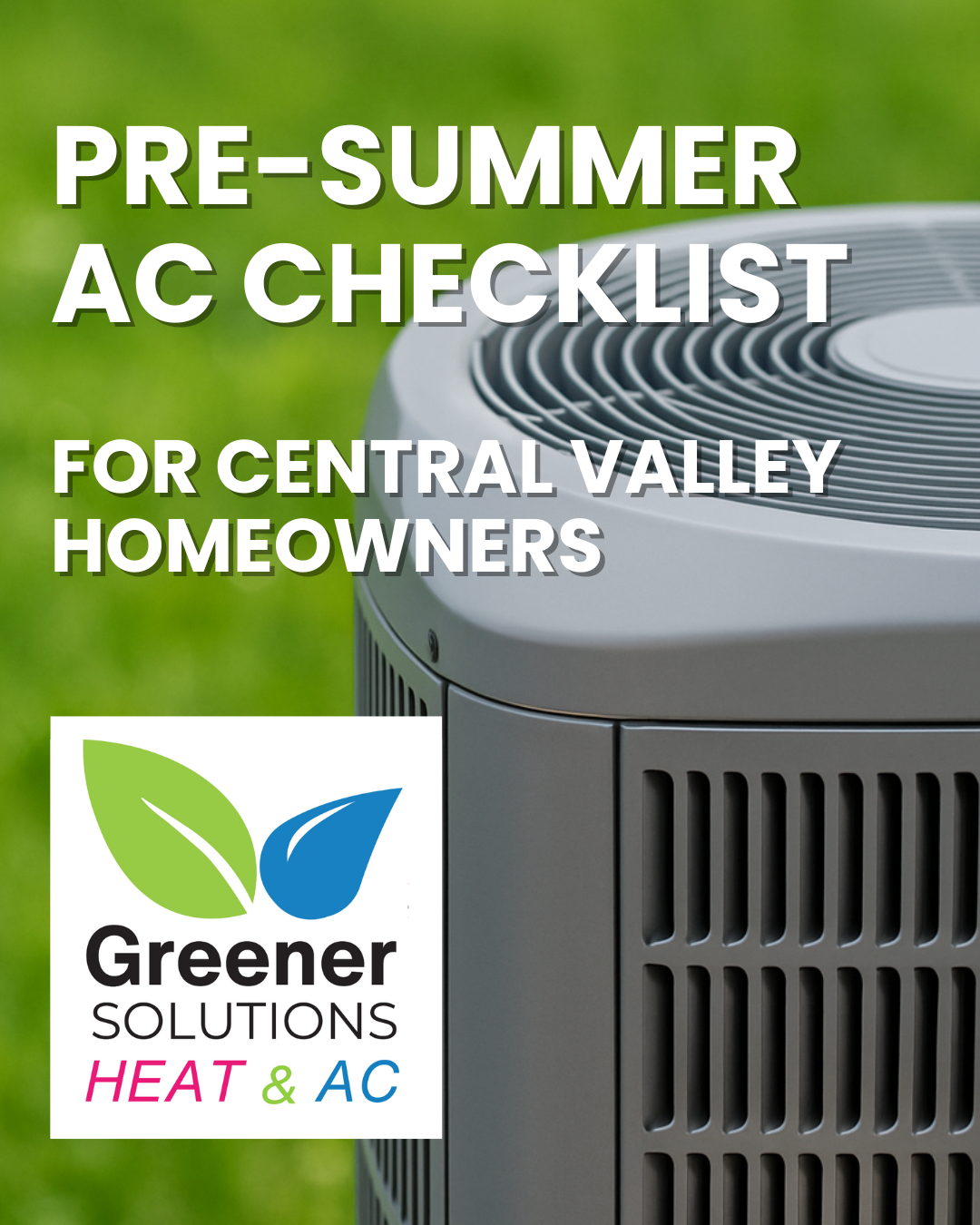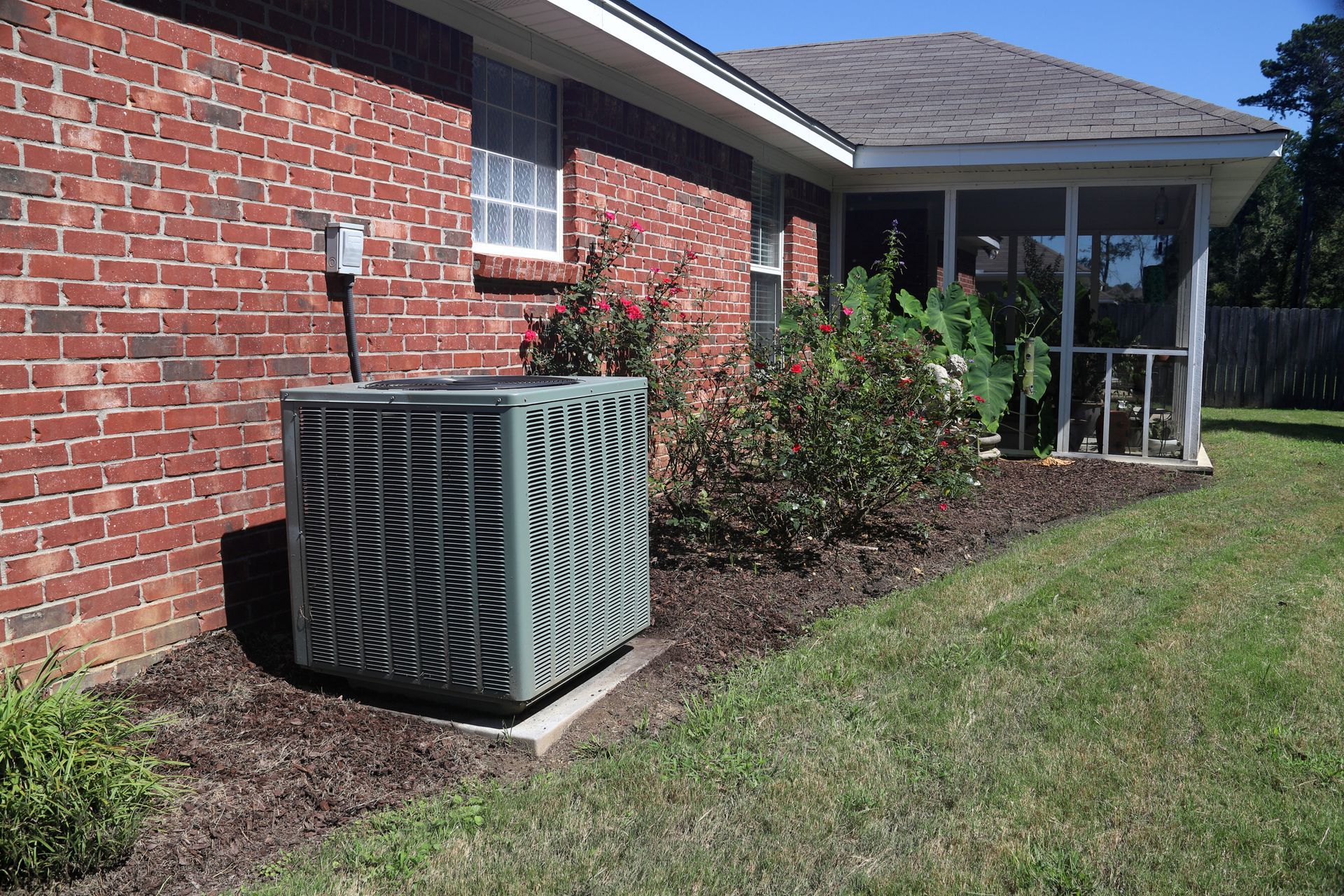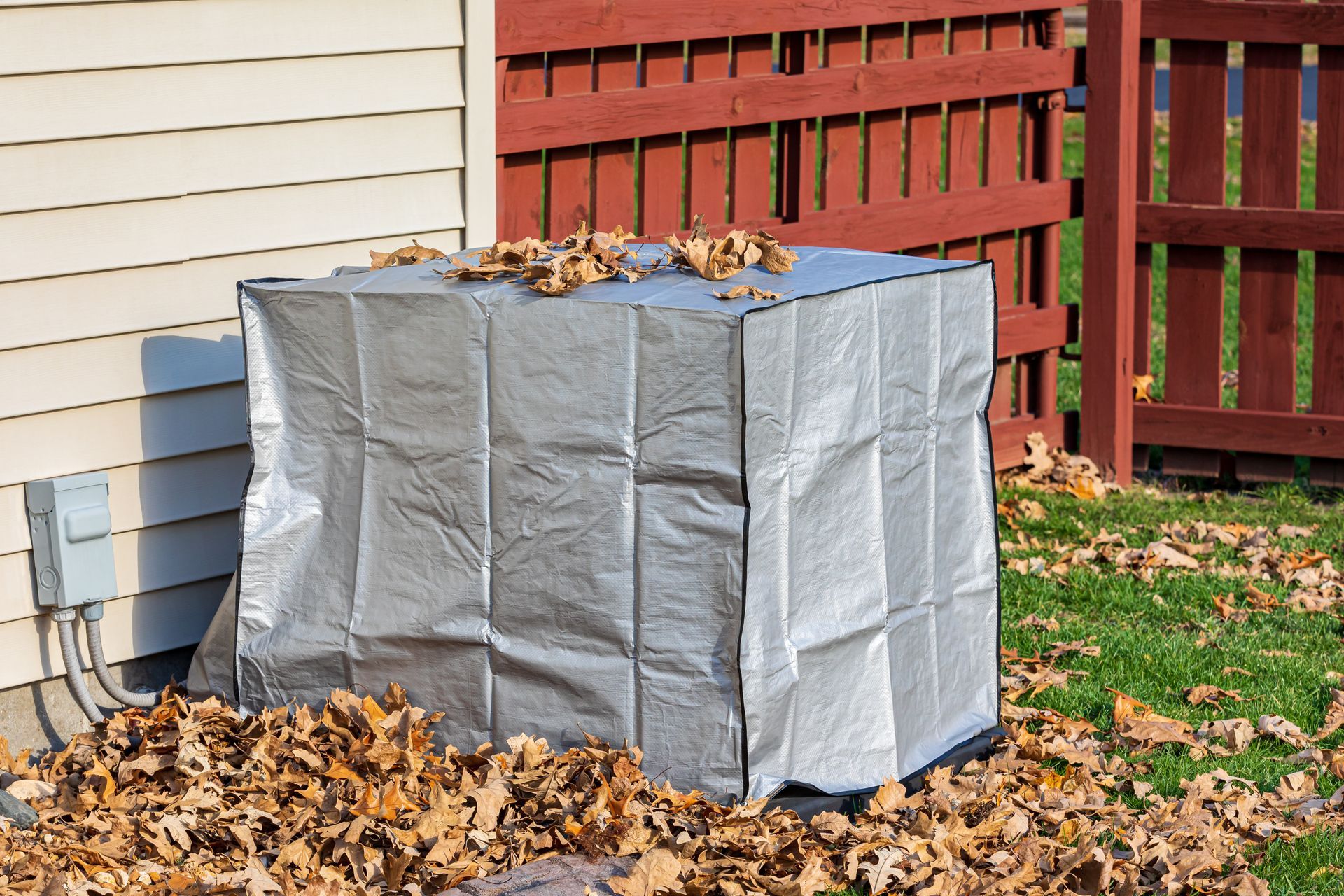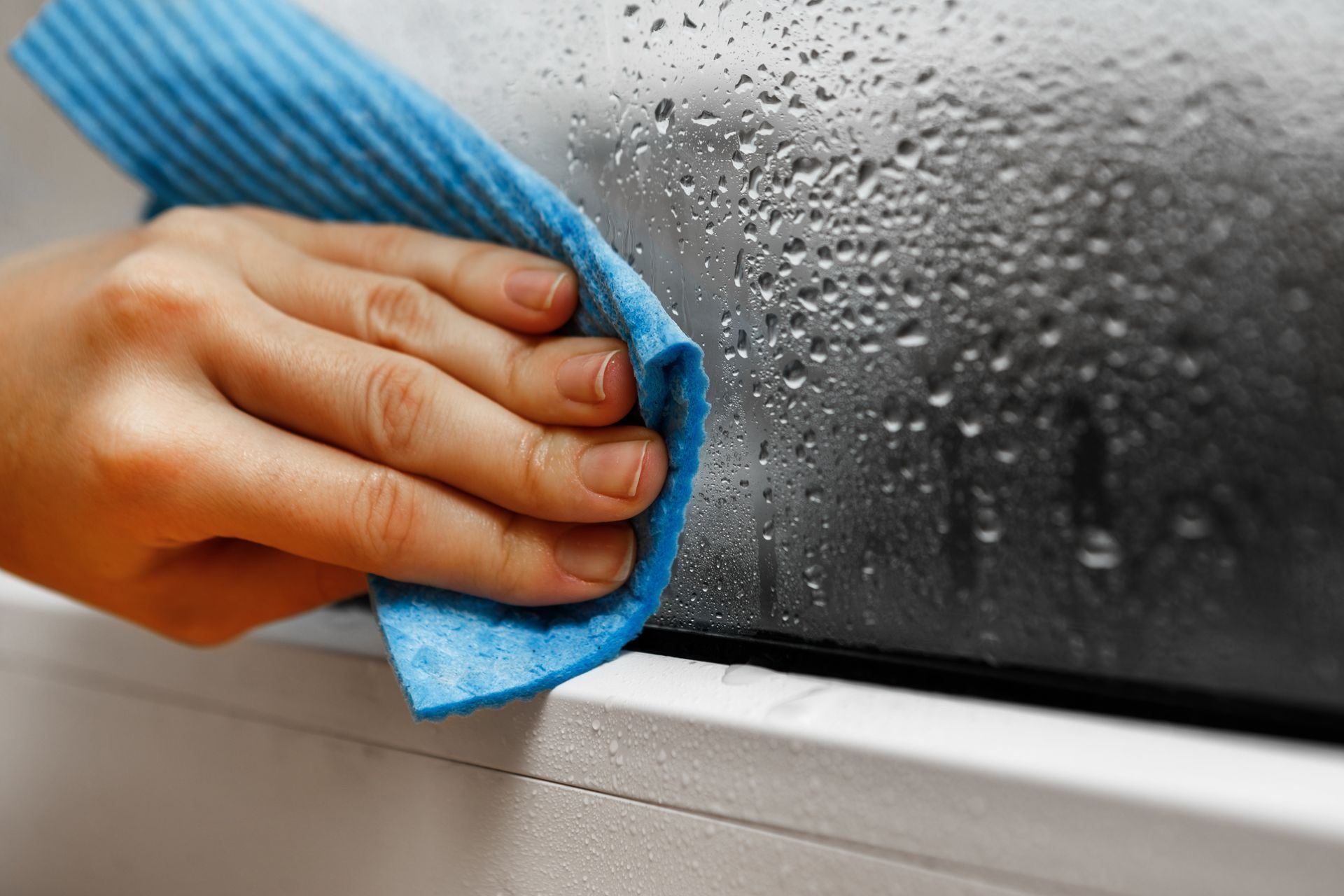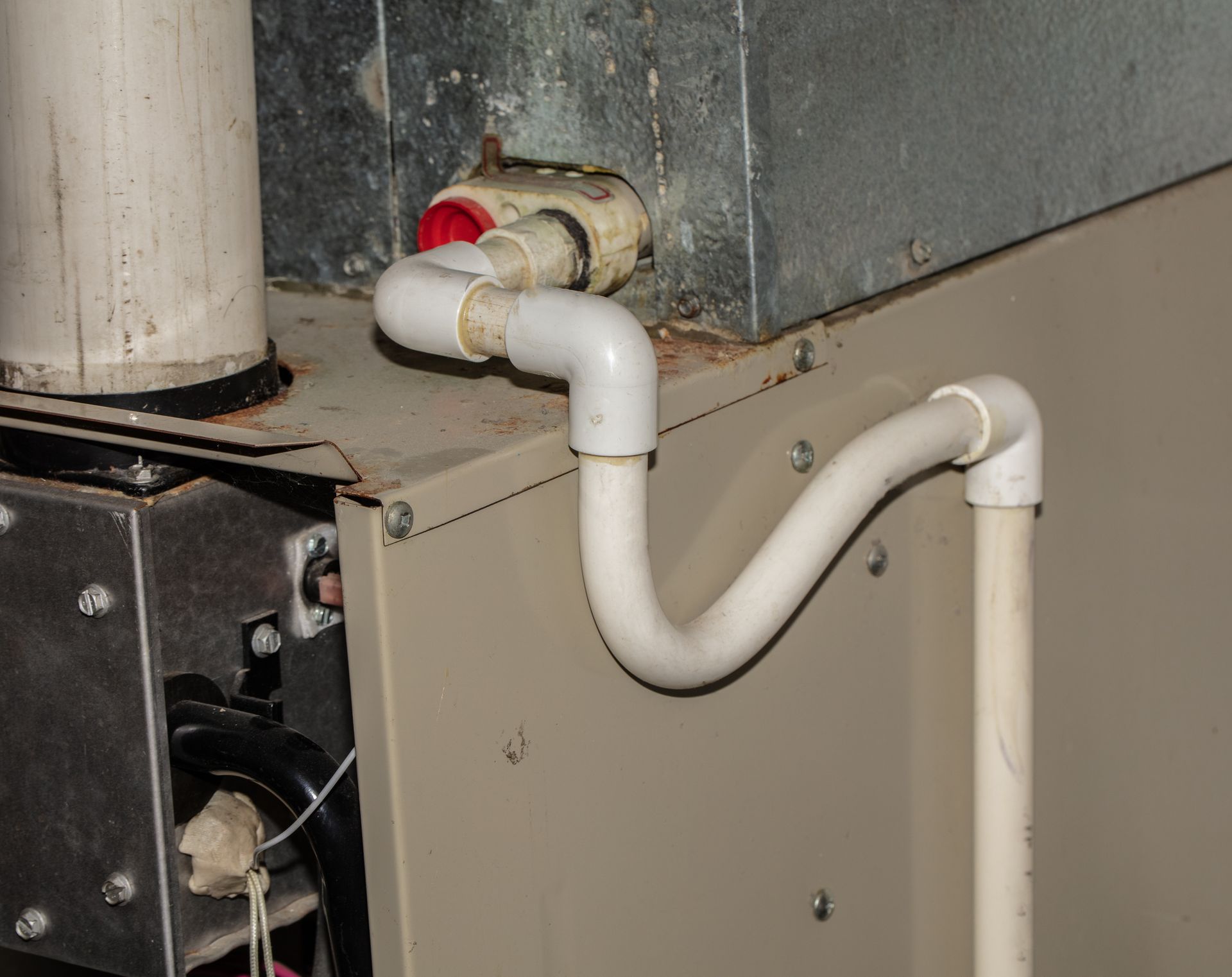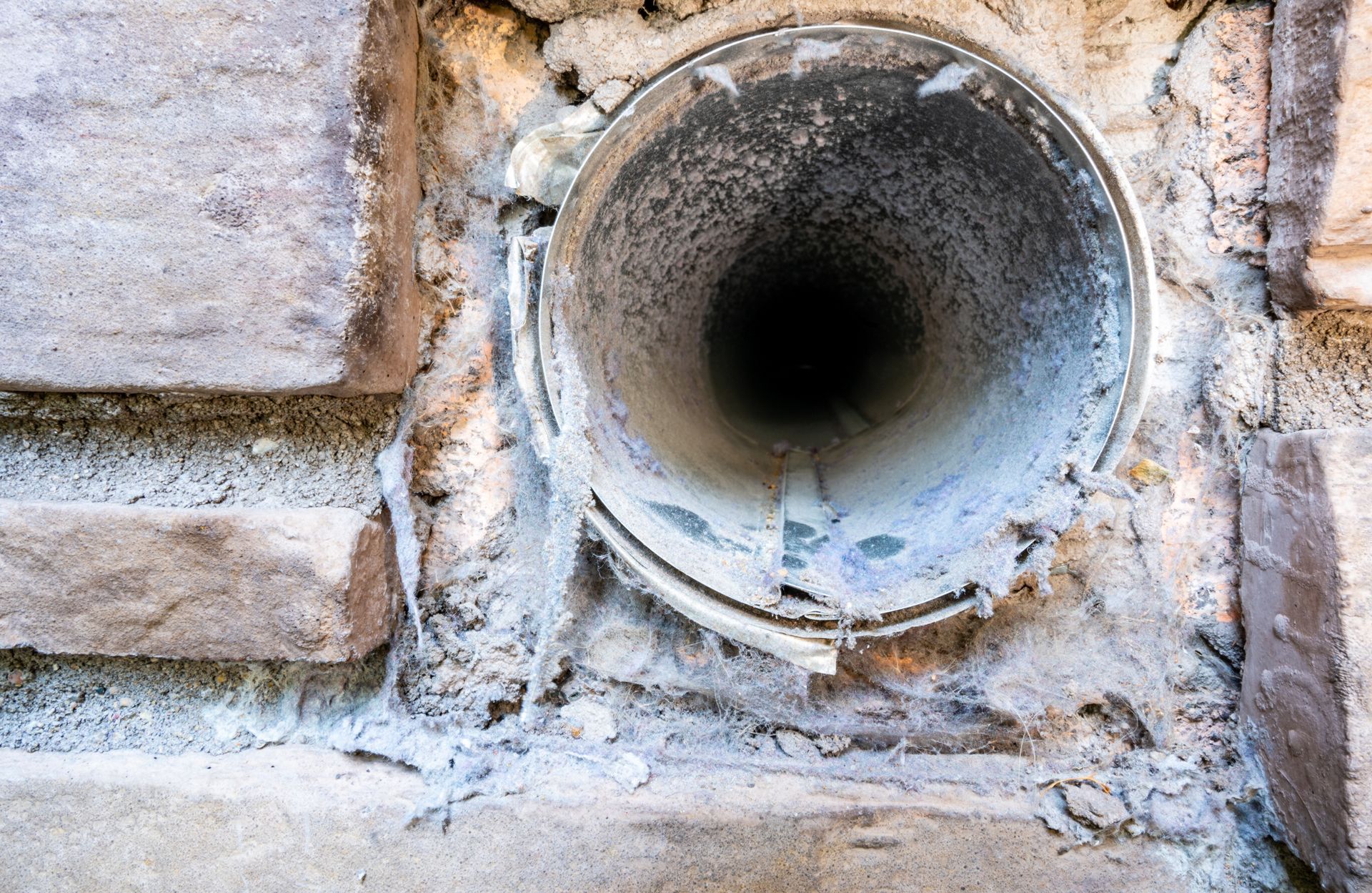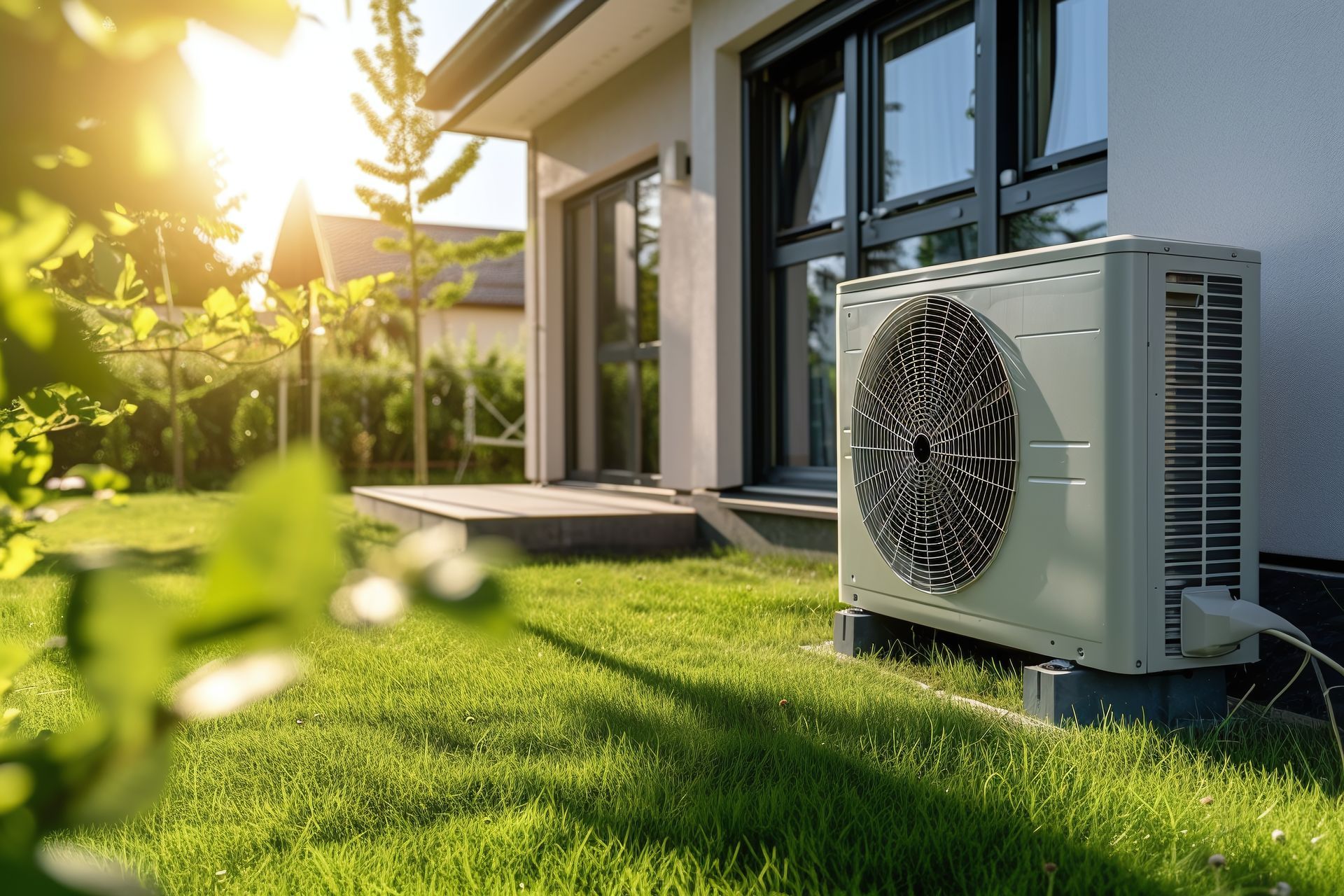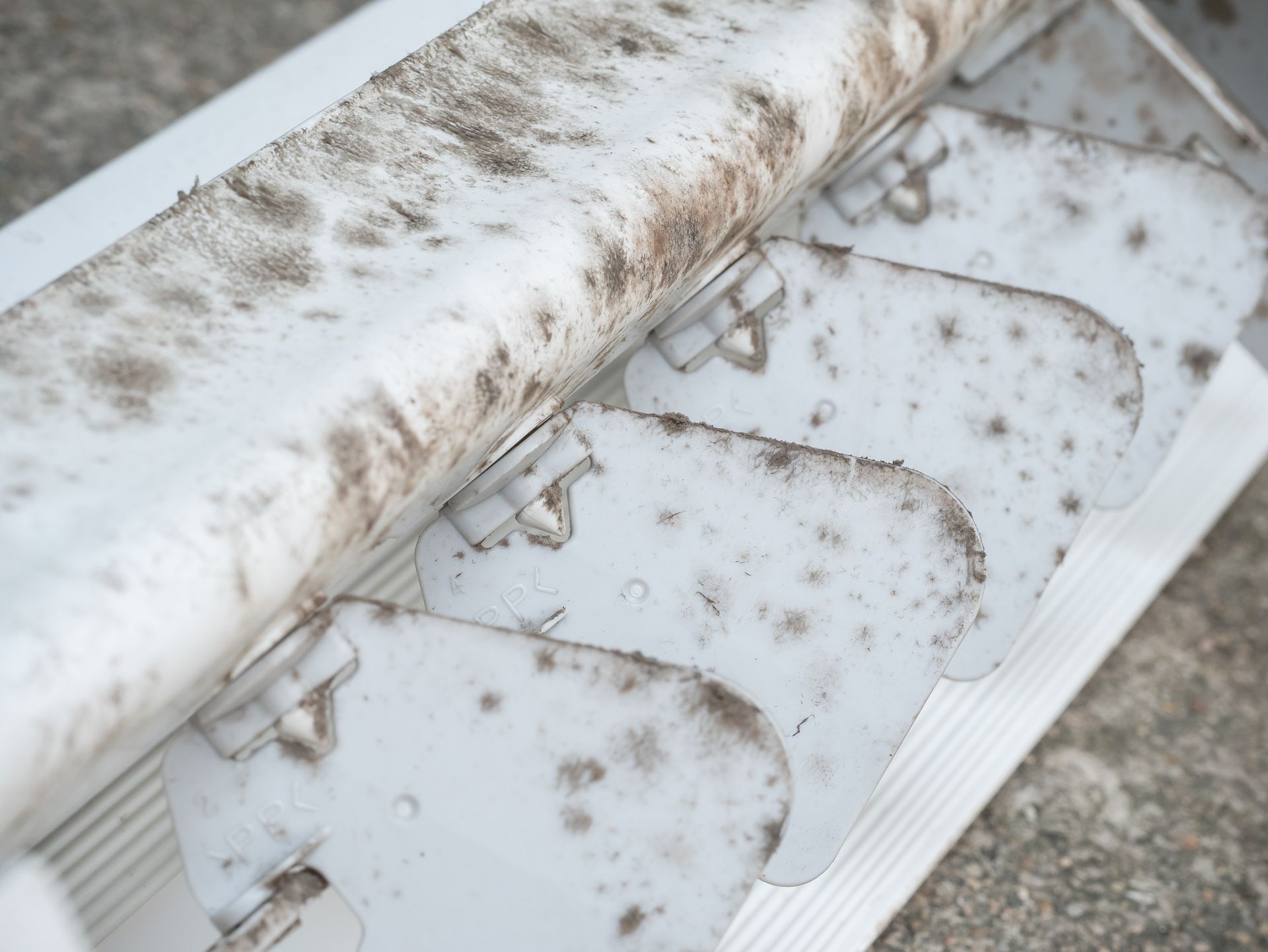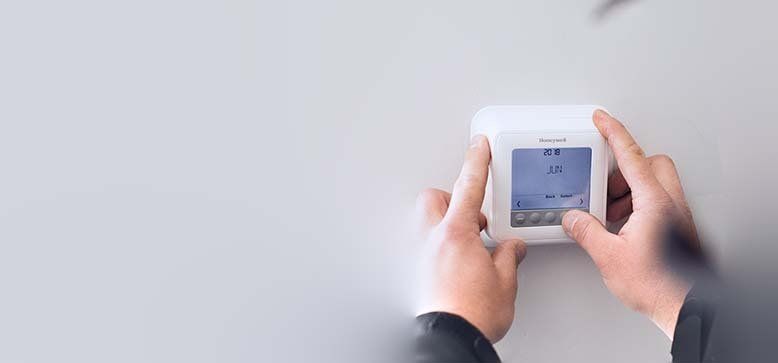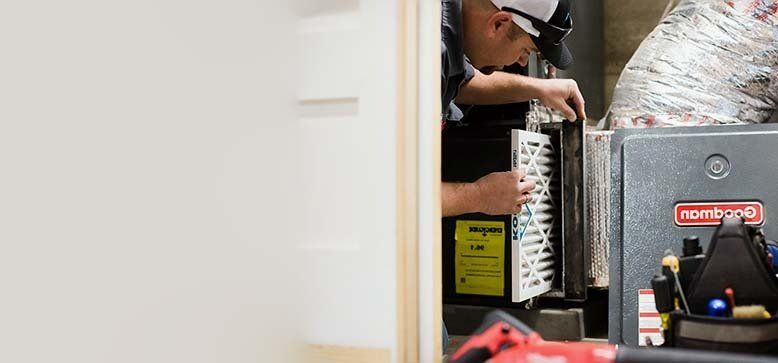How to Clean Evaporator Coils on Your AC Unit
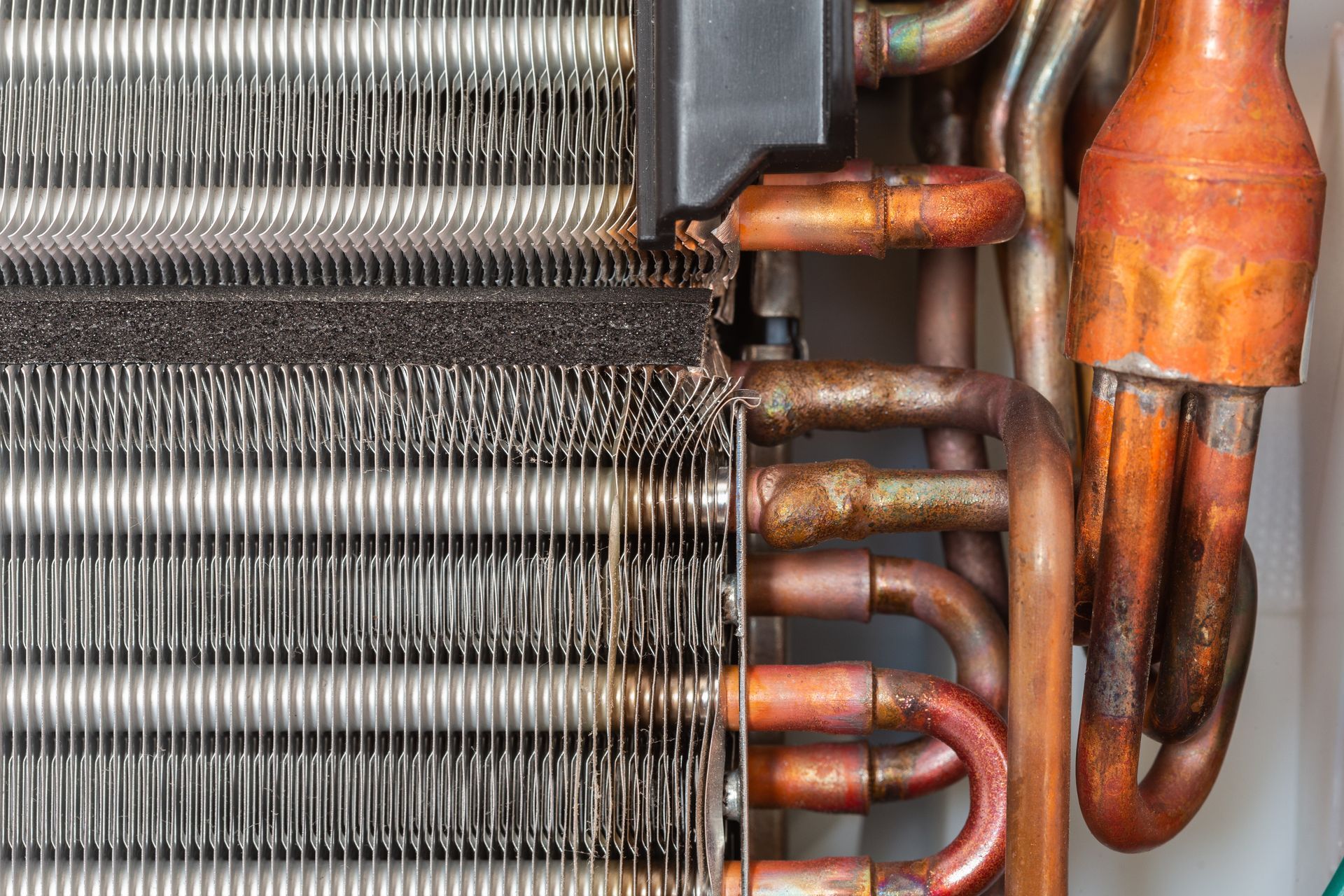
Maintaining your air conditioning unit is key to ensuring it operates efficiently and effectively, especially during the peak of summer. One crucial component that demands regular attention is the evaporator coils. Located typically inside the air handler or attached to the furnace, these coils are responsible for absorbing heat from the air in your home. Over time, however, they can accumulate dirt and debris, which compromises their efficiency and can lead to issues such as system freezes or corrosion. Properly cleaning these coils is not only essential for maintaining optimal air conditioner performance but also for optimizing the lifespan of the unit.
Cleaning the evaporator coils can seem complicated, but it's a task that homeowners can undertake with some guidance. Regular cleaning can prevent the majority of efficiency losses and potential damages. While some might feel comfortable performing this maintenance themselves, employing the expertise of a trained HVAC technician can ensure the job is done correctly and safely. Whether you choose to DIY this task or call on professionals like GS Home Services, understanding the process can help you make informed decisions about your home's air conditioning maintenance.
Why Are Evaporator Coils Important?
Evaporator coils are a critical component of your HVAC system that primarily function to absorb heat from your home's indoor air. These coils are typically crafted from copper and surrounded by aluminum fins to aid in heat transfer. They are strategically placed within the indoor air handling unit where warm air can pass over these cold coils. When this occurs, the heat is absorbed which results in the air being cooled so it can be cycled back into living spaces. This creates the comfortable conditions we rely on during the hot seasons. This process is central to the air conditioning cycle, where the evaporator coils work in tandem with the condenser coils located in the outdoor unit which release the absorbed heat into the external environment.
The role of evaporator coils extends beyond mere cooling. They are instrumental in the dehumidification process of your HVAC system. As the coils cool, humidity from the indoor air condenses on their surface, turning ambient humidity into water droplets that trickle into a drain pan. This process significantly reduces the moisture level within your indoor environment in addition to providing cool air. This not only enhances comfort but also helps in maintaining healthier air quality and preventing the growth of mold and mildew that humid climates are likely to create.
Why Do the Evaporator Coils Need to Be Cleaned?
Keeping the evaporator coils of your air conditioning unit clean is crucial for maintaining its efficiency and performance. The process in which these coils function results in their surfaces accumulating moisture from the dehumidification process. This makes them prone to collecting dust, pollen, and other airborne particulates. When the coils become coated with these contaminants, their ability to transfer heat is significantly reduced. This inefficiency leads to various problems including increased energy consumption as dirty coils can use up to 40% more energy than clean ones. Additionally, the cooling capacity can diminish by about 30% or more, leading to higher operational costs and reduced comfort levels within your home or business.
Regular maintenance is not just a recommendation, it is essential for the longevity and effectiveness of your HVAC system. Evaporator coils should ideally be inspected and cleaned at least annually as part of scheduled maintenance. However, in environments prone to higher dust levels or during peak usage periods, more frequent cleaning might be necessary to ensure optimal performance and avoid costly repairs or replacements.
Symptoms of Dirty Evaporator Coils
Recognizing the symptoms of dirty evaporator coils in your air conditioning system is essential for maintaining optimal performance and avoiding costly breakdowns. When evaporator coils accumulate dirt and debris, they struggle to transfer heat effectively which leads to several noticeable issues that can impact your comfort and the efficiency of your HVAC system.
Key symptoms of dirty evaporator coils include:
- Reduced Cooling Capacity: One of the most immediate signs of dirty coils is a noticeable decrease in the air conditioning output. If the air coming through your vents isn't as cool as usual, it's a strong indication that the coils are not effectively transferring heat.
- Extended System Run Times: When coils are dirty, your air conditioning system must work harder and longer to reach the desired indoor temperature. This not only leads to increased wear and tear on the system but also higher energy bills due to prolonged operation.
- Frost on the Coils: Frost or ice formation on the evaporator coils is a serious symptom that should not be ignored. This occurs when air moisture condenses and freezes on the dirt-covered coils which impedes the heat transfer process even further and potentially leads to system malfunctions or failures.
By staying alert to these symptoms, homeowners can address dirty evaporator coils before they lead to more severe problems. Regular maintenance and timely cleaning of the coils are crucial steps to ensure that your air conditioning system remains efficient and reliable.
What Do I Need to Clean AC Evaporator Coils?
Cleaning your AC evaporator coils is an essential maintenance task that ensures your system runs efficiently and effectively. Before you begin, gathering the right tools and materials is crucial to successfully and safely complete the job. Depending on the condition of your coils, the cleaning method may vary from a simple dust-off to a more thorough wash.
Here's what you typically need to clean your evaporator coils:
- Screwdriver or Ratchet: Necessary for opening the access panel to reach the evaporator coils.
- Soft Bristle Brush: Ideal for gently removing loose debris without damaging the delicate fins of the coils.
- Compressed Air: Useful for blowing away dust and light dirt. Direct the air flow across the coils and consider using a nozzle to concentrate the air stream for stubborn areas.
- Rag or Microfiber Cloth: Helps in wiping down the coils and surrounding areas to remove residual dust.
- Detergent and Warm Water: A mild detergent mixed with warm water in a spray bottle can be used for more thorough cleaning. This solution helps in breaking down stickier grime.
- Sprayer: For applying the detergent solution evenly over the coils.
- Fin Comb: Optional, but useful for straightening any bent coil fins, which can improve efficiency.
If using water or a wet cleaning method, ensure that the coils are completely dry before reactivating the system to avoid any potential issues. Ensuring you have these tools and materials on hand before you start will make the cleaning process smoother and more effective.
Steps for Cleaning Evaporator Coils
Cleaning the evaporator coils of your air conditioning system is a crucial maintenance task that can enhance the system's efficiency and longevity. Here are the steps you should follow to effectively clean your AC's evaporator coils:
- Turn Off the Power: Safety first. Ensure the AC system, including the air handler and outdoor unit is powered off at the thermostat and the circuit breaker.
- Access the Evaporator Coils: Open the air handler cabinet where the evaporator coils are located. This usually requires unscrewing the access panel.
- Inspect the Coils: Before cleaning, inspect the coils for any large debris, noticeable build-up, or damage. If you spot signs of mold or extensive dirt, consider contacting a professional for a thorough cleaning.
- Remove Loose Debris: Use compressed air to blow off loose debris from the coils. Direct the air in the opposite direction of normal airflow to dislodge dirt effectively. For larger debris, gently use a soft bristle brush.
- Apply Coil Cleaner: Spray an appropriate AC coil cleaner across the coils. Follow the instructions on the cleaner and allow it to sit and foam to lift the dirt.
- Rinse the Coils: If your cleaner requires rinsing, gently spray water over the coils to wash away the foam and loosened dirt. Ensure that water does not damage other components of the air handler.
- Clean the Drain Pan and Line: Check and clean the drain pan and condensate drain line. Remove any debris and flush with water. You can also use a mixture of bleach and water to prevent algae or mold growth.
- Dry and Replace the Panel: Allow the coils and the interior of the unit to dry completely. Replace the access panel and secure it.
- Turn the Power On: Once everything is reassembled and dry, restore power to the unit and check the operation to ensure everything is running smoothly.
Following these steps helps ensure that your AC unit operates at peak efficiency. Regular maintenance like this not only extends the lifespan of your AC but also helps in maintaining good air quality in your home.
How Long Until I Can Turn My AC Back On?
After cleaning the evaporator coils of your air conditioning unit, it's crucial to allow sufficient time for the system to dry completely before powering it back on. This helps prevent any moisture-related issues within the system. Typically, it is advisable to leave the access panel off and wait for about 30 to 60 minutes. This waiting period ensures that all components, especially the coils, are dry and free from any residual moisture caused by cleaning. Turning on the AC too soon could lead to complications, so this drying time is essential for the maintenance and longevity of your unit.
Important Considerations When Cleaning Evaporator Coils
It is important to keep the following considerations in mind when cleaning evaporator coils. Forgetting about safety or using the incorrect cleaning agents can result in damage or injuries.
Safety
Safety is a crucial aspect to consider when cleaning evaporator coils in an air conditioning unit. The primary risk involved is electrical shock, which can occur if the unit is powered while maintenance is being performed. To mitigate this risk, it is essential to completely turn off the AC system at both the thermostat and the circuit breaker before beginning any work. This ensures that all components including the coils are de-energized and safe to touch. Additionally, allow the unit sufficient time to cool down to prevent burns from hot components. Taking these precautions not only protects against immediate physical dangers but also helps in maintaining the safety and functionality of the AC unit over time.
Cleaning Agents
Choosing the right cleaning agents for evaporator coils is essential not only for effective maintenance but also for ensuring safety. Many commercial coil cleaners contain chemicals that can be hazardous if improperly handled. These cleaners often work by using expanding foam that penetrates the spaces between the coils, lifting dirt and grime that can be hard to reach with conventional cleaning tools. While these products are generally safe for use on both aluminum and copper coils, it is crucial to verify that the cleaner is compatible with the material of your coils to avoid corrosion.
When using any chemical cleaners, it’s imperative to follow the manufacturer’s instructions closely. Always wear appropriate personal protective equipment such as gloves and safety goggles to protect against chemical burns or eye injury. Additionally, ensure good ventilation in the area to avoid inhaling fumes from the cleaners. Some cleaners require a specific application time, usually between five and ten minutes, to effectively loosen the dirt before rinsing or wiping away. Adhering to these guidelines will help maintain the integrity of your coils and ensure your safety during the cleaning process.
How Often Should You Clean Evaporator Coils?
Ideally, evaporator coils should be cleaned at least once a year as part of a routine maintenance schedule. This annual cleaning helps prevent the accumulation of debris and ensures optimal performance throughout the year. For environments that are dustier or have higher air quality demands like homes with pets, smokers, or in high-pollen areas, more frequent cleaning may be necessary to maintain air quality and system efficiency. If regular maintenance visits are not scheduled, it's important to arrange for a professional cleaning service or undertake the task yourself before each cooling season begins to keep your system running smoothly and efficiently.
Why You Should Enlist the Help of Professionals When Cleaning Evaporator Coils
While cleaning the evaporator coils of your HVAC system can be done as a DIY project, there are significant benefits to enlisting the help of professional technicians. Cleaning the air handler, which houses the evaporator coils, is a vital maintenance task that directly impacts the efficiency and lifespan of your HVAC system. However, it involves several complexities that can be challenging without the proper knowledge and tools. Professionals are equipped with the specialized equipment and expertise required to thoroughly clean and inspect the coils without damaging them to ensure that the job is done safely and effectively.
Professional HVAC technicians can also diagnose and rectify any additional issues that may be discovered during the cleaning process like leaks, corrosion, or wear and tear that could compromise the system's efficiency or lead to more severe problems down the line. Regular maintenance contracts often include at least one evaporator coil cleaning per year which provides homeowners with peace of mind and prevents potential system failures. If you observe any signs of buildup on the coils or experience a reduction in airflow, it is advisable to contact a professional immediately. This not only ensures your system is restored to optimal condition but also helps maintain indoor air quality and system reliability.
Contact GS Home Services if You Need Your Evaporator Coils Cleaned
Keeping your evaporator coils clean is essential for maintaining the efficiency and longevity of your HVAC system. Whether you're encountering reduced airflow, noticing a buildup of debris, or simply due for annual maintenance, GS Home Services is here to help. Our team of skilled professionals is equipped to provide thorough cleaning and expert care for your air conditioning system. Don’t hesitate to ensure your comfort and the health of your HVAC system. Contact GS Home Services today to schedule a cleaning or to learn more about our comprehensive maintenance services. Your satisfaction and comfort are our top priorities!
Evaporator Coil Cleaning FAQs
Can I clean my evaporator coil myself?
You can clean your evaporator coil yourself, especially if you're comfortable with basic home maintenance tasks. It requires turning off the power to the unit, accessing the coils by removing the access panel, and using suitable tools and cleaners to remove debris and dust. However, if you are unsure about any step in the process or if the coils are very dirty, it might be safer and more effective to call in a professional HVAC technician to ensure the job is done correctly without causing any damage.
What are the symptoms of a dirty evaporator coil?
Symptoms of a dirty evaporator coil include reduced cooling capacity. Additionally, you might notice the system running longer than usual to achieve the desired temperature or there could be frost or ice buildup on the coils themselves. These signs indicate that the coils are not efficiently transferring heat, which can lead to increased energy consumption and stress on your HVAC system.
How often should evaporator coils be cleaned?
Evaporator coils should be cleaned at least once a year to maintain the efficiency and longevity of your HVAC system. However, the frequency may need to be increased if you live in a dusty area, have pets, or experience high pollen counts. Regular cleaning helps ensure optimal performance and prevents issues like reduced airflow and increased energy consumption.
How do you clean coils without a coil cleaner?
If you don't have a commercial coil cleaner, you can use a simple mixture of mild detergent and warm water to clean your coils. Mix the solution, place it in a spray bottle, and apply it to the coils. Allow it to soak in to loosen the dirt and debris. After a few minutes, gently rinse the coils with water, making sure not to use too much force that might damage the fins, and then allow the coils to dry completely before turning the system back on.
